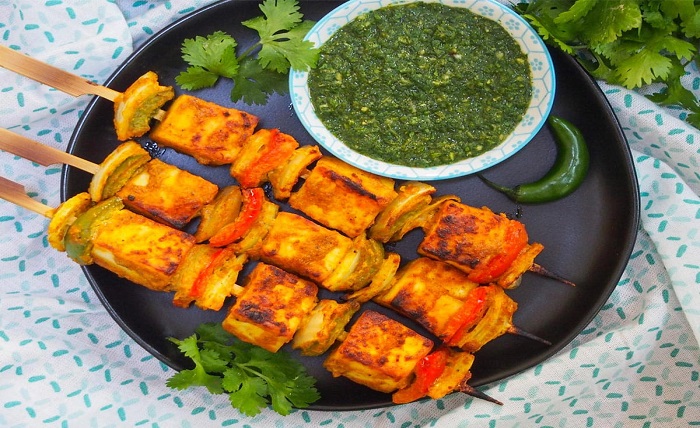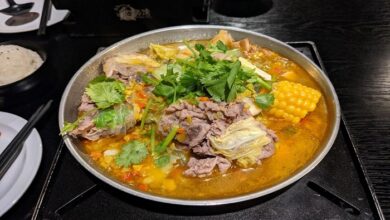The Mouth-Watering Delight of Paneer Tikka: A Guide to Its History, Preparation, and Variations

From the Streets of India to Global Popularity: A Deep Dive into the Delicious World of Paneer Tikka:
Paneer tikka is one of the most beloved dishes in Indian cuisine. Its rich flavor and tender texture have captured the hearts of food enthusiasts worldwide. This mouth-watering delight is a must-try for anyone looking to experience the true essence of Indian cuisine. In this article, we will explore the history, preparation, and variations of paneer tikka, to give you a comprehensive guide on this delicious dish.
History:
Paneer tikka has its roots in the northern region of India, specifically in the state of Punjab. Its origin dates back to the Mughal era, during which the Mughal emperors were known for their love for rich and indulgent food. Paneer tikka was originally created as a variation of tandoori chicken, a popular dish made by marinating chicken in yogurt and spices and then grilling it in a tandoor (a traditional clay oven).
Paneer tikka was created as a vegetarian alternative to tandoori chicken. The dish is made by marinating cubes of paneer (a type of Indian cottage cheese) in a mixture of spices and yogurt, and then grilling them on skewers. The result is a delectable dish that is bursting with flavor.
Preparation:
The preparation of paneer tikka is fairly simple. The first step is to marinate the paneer cubes in a mixture of yogurt, spices, and lemon juice. The marinade is usually made with a combination of cumin, coriander, turmeric, garam masala, and chili powder. The paneer cubes are then skewered and grilled over hot coals or in a tandoor until they are golden brown and slightly charred on the edges.
There are a few variations to the traditional paneer tikka recipe, which include adding other vegetables to the skewer, such as bell peppers, onions, and tomatoes. This variation is called paneer tikka masala, and it is a popular dish served in many Indian restaurants.
Another variation is the use of a tandoor oven to cook the paneer tikka. The tandoor oven adds a smoky flavor to the dish and gives it a distinct aroma that is hard to replicate with other cooking methods.
Variations:
Paneer tikka has become so popular that there are now countless variations of the dish. Some popular variations include:
- Tandoori Paneer Tikka: This variation is made by grilling the marinated paneer cubes in a tandoor oven, which gives it a smoky flavor and a distinct aroma.
- Achari Paneer Tikka: Achari means “pickle,” and this variation includes adding achar (pickle) masala to the marinade. This gives the paneer tikka a tangy and spicy flavor.
- Malai Paneer Tikka: Malai means “cream,” and this variation includes adding cream or malai to the marinade. This gives the paneer tikka a creamy and rich flavor.
- Hariyali Paneer Tikka: Hariyali means “green,” and this variation includes adding a blend of green herbs such as mint, coriander, and spinach to the marinade. This gives the paneer tikka a vibrant green color and a fresh flavor.
- Paneer Tikka Masala: This variation includes adding other vegetables to the skewer, such as bell peppers, onions, and tomatoes. The vegetables are marinated and grilled along with the paneer cubes, and then served in a spicy tomato-based curry sauce.
Paneer tikka is a dish that has become synonymous with the rich and indulgent flavors of Indian cuisine. Its history, preparation, and variations are a testament to the versatility and creativity of Indian cuisine. Whether you are a fan of smoky flavors, tangy pickles, creamy textures, or fresh herbs, there is a paneer tikka variation that will suit your taste buds.
If you have never tried paneer tikka before, we highly recommend that you give it a try. Whether you make it at home or order it at a restaurant, you are sure to be impressed by the depth of flavors and textures that this dish has to offer. It’s no wonder that paneer tikka has become a favorite of food enthusiasts worldwide.



